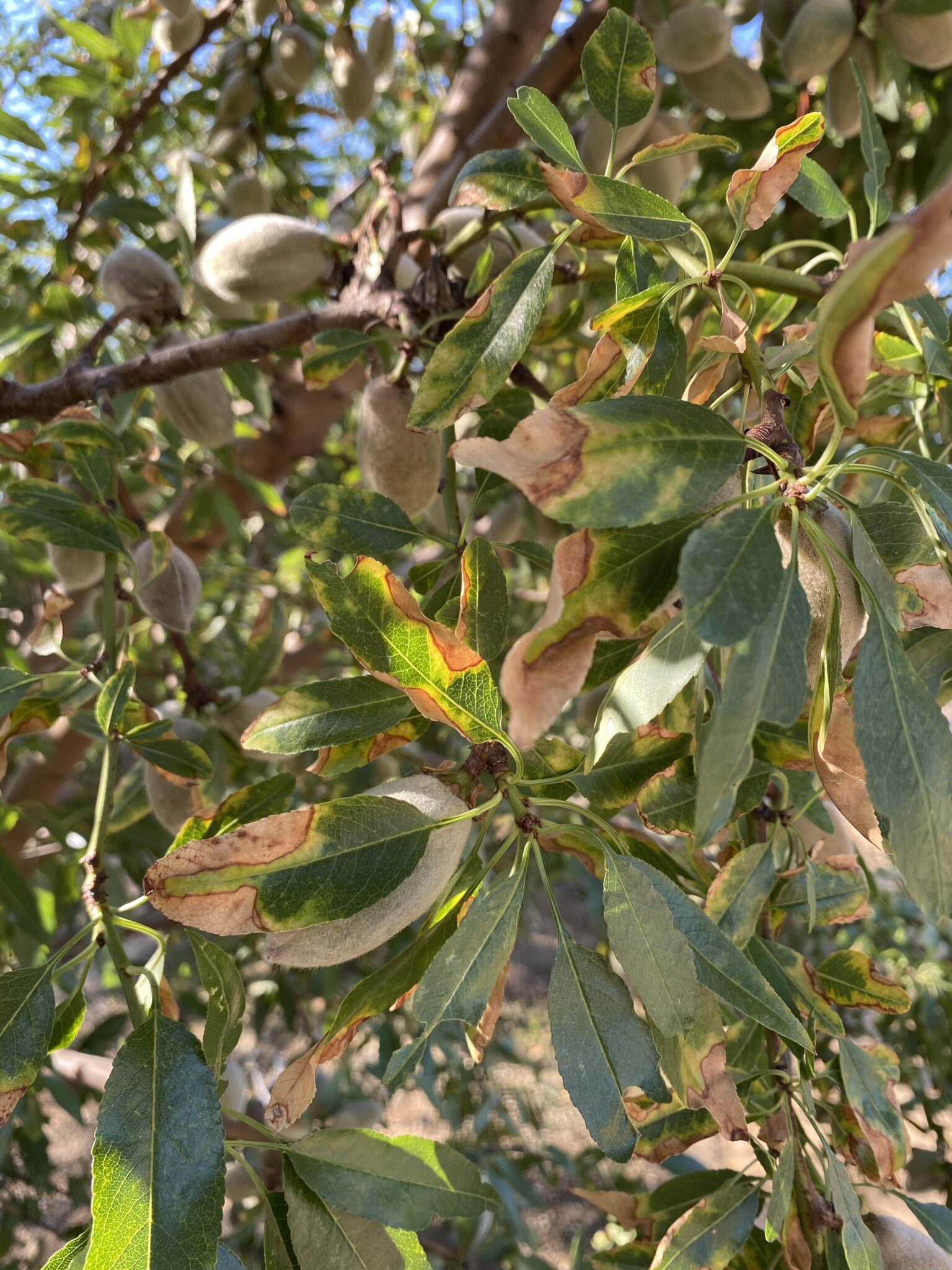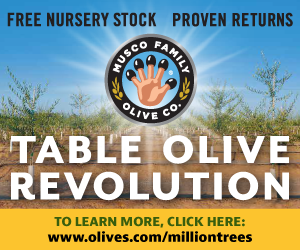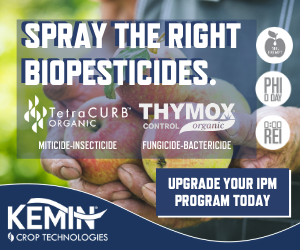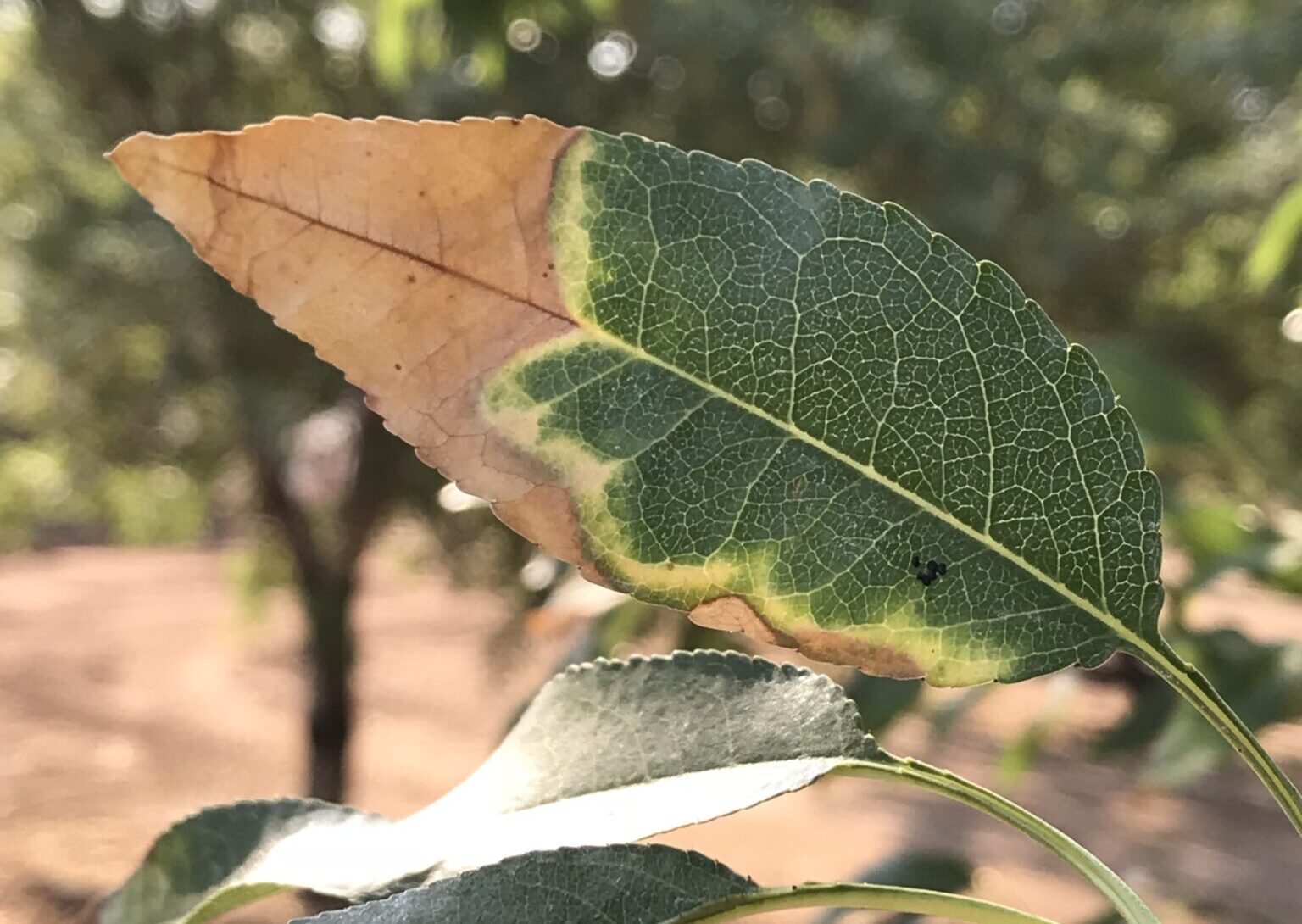
This past summer saw an increase in reports of almond trees in the northern part of the Central Valley with symptoms of almond leaf scorch (ALS). ALS is a disease that is caused by the bacterium Xylella fastidiosa —the same bacteria that cause Pierce’s disease in grapes.
Luke Milliron, UCCE orchard systems advisor for Butte County, said, “We’re certainly seeing a lot of almond leaf scorch symptoms in the Sacramento Valley as well as in the northern San Joaquin Valley this year.”
ALS has been in California for over 70 years, but symptoms were first confirmed in 2018 at the Regional Almond Variety Trial at the California State University, Chico, farm on a few trees. Two years later, ALS symptoms have become widespread.
This increase brings new concerns. Warmer summer and winter temperatures can increase the occurrence of the disease, and there is a concern that it could potentially become a serious problem as the climate changes, Milliron said.
Susceptibility and Symptoms
There are rootstocks that are more susceptible to the disease. It’s been shown that Nemaguard has resistance to infection, and it is widely planted in the San Joaquin Valley. The Sacramento Valley is heavily reliant on Krysmk 86, which is untested for resistance to X. fastidiosa.
There are different strains of X. fastidiosa, and they have very different biology. Some data shows one type (multiplex subspecies) in the Sacramento Valley and another type (fastidiosa subspecies) in the San Joaquin Valley.
Milliron said Nonpareil is susceptible to leaf scorch and he’s seen the Monterey variety with a lot of ALS. Other varieties that appear more susceptible to ALS include Peerless, Sonora, Winters, Livingston and Wood Colony. The disease is rare in Carmel and Butte, and it’s seen less frequently in other varieties.
Scorch symptoms may first appear in a single branch, scaffold or portion of the tree, but it can spread to the entire tree. This can happen slowly over several years or quickly, infecting the entire tree from one season to the next.
The bacteria live in the xylem and reduce the flow of water to leaves. This results in leaf tissue die-off when the xylem plugs and reduces water to the leaf margins. ALS symptoms first appear on individual leaves in early June to mid-July. The leaf tips or margins initially turn light green or yellow with brown scorching in hot weather, Milliron said.
Growers are advised that if they suspect a tree may be infected, they should test the leaf tissue for excess toxic salts, particularly chloride and sodium, as symptoms can be very similar, and salt damage can be mistaken for ALS.
“It can be tricky to differentiate leaf scorch versus salt burn,” Milliron said, adding with ALS there will be a yellow marginal band between the dead tissue and the green tissue.
“It’s often a pretty irregular pattern instead of just being half the leaf is brown and half of it is green as you might see with salt,” Milliron said, adding ALS is also more variable across the canopy and across the orchard whereas salt damage is more uniform.
Salt damage is generally a result of excess chloride and/or sodium in the soil or water and impacts numerous trees in a concentrated area often affecting the entire tree.
Testing for almond leaf scorch should be done July through September. Testing runs approximately $150 to $400, depending on the lab and number of tests run.
Growers are advised to identify and mark affected trees before harvest begins because mite damage, dust and drought stress along with tree shaking can make ALS more difficult to detect.
ALS can increase defoliation, Milliron said, but it’s unknown how it will impact the tree or how significant it might be on the carbohydrate status of the tree.
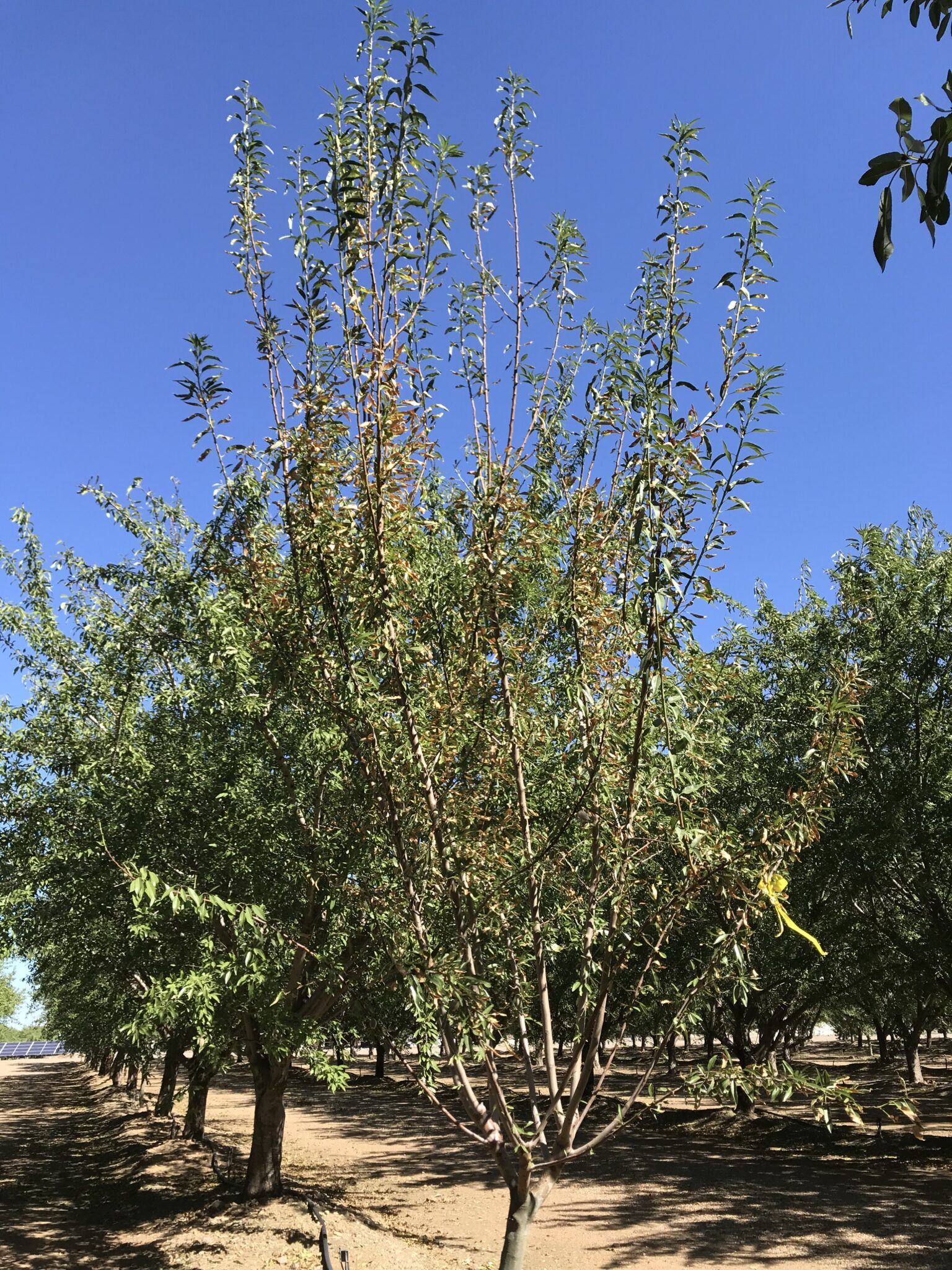
Pathogen and Vectors
ALS is spread by sharpshooter leafhoppers or spittlebugs. Common annual weeds in orchards can also host the bacteria and be a source of insect-vectored infection. Irrigated pasture, weedy grasses, alfalfa and permanent cover crops are the most common habitat for sharpshooters in the almond growing regions of California.
“We think that the infection isn’t so much from tree-to-tree. Instead, it’s more the leafhopper could be getting more of the bacterium either from the tree or from weed species,” Milliron said.
So far, there is no control for the leafhoppers or the disease. Controlling the weeds will help, but if an orchard is next to a neighbor’s weedy pasture or alfalfa, that’s a tough situation, he added.
The grass sharpshooter or green sharpshooter is the most common vector of ALS in the Sacramento Valley. Blue‐green sharpshooter and glassy-winged sharpshooter can also be vectors, but the small green potato leafhopper, prune leafhopper and white apple leaf hopper that feeds on almond leaves are not vectors of ALS.
Managing the Disease
In the past, it was thought the tree could die from almond leaf scorch, but currently Milliron isn’t seeing evidence of that. That’s another reason to mark affected trees and track them the next summer.
There is no chemical or nutritional treatments for almond leaf scorch. To date, there is no research or practical experience that suggests controlling the vectors with insecticides will control the disease, Milliron continued.
Almond leaf scorch can definitely impact yield, Milliron said.
Options are limited for managing the disease. In young orchards less than 10 years old, early identification and removal of diseased trees may minimize the problem and reduce further tree losses. For orchards 16 to 20 years old, the solution may be simply living with some infected trees until the orchard is removed and replaced. Orchards between 10 and 15 years old are the difficult call—remove infected trees or live with them? If infected trees are close to a newly planted orchard, then removing the trees might be the best course of action. One obvious risk of replanting is that replants may become infected.
Some success has been seen in pruning out early infections in a single scaffold. Cuts must be made at least five feet below the lowest symptomatic leaves in order to save the rest of the tree. If pruning is attempted to remove the disease, again, the trees should be marked and inspected the following year.
Research into Biology and Control
Research has started, and it began with the biology of the disease first, then researchers will work on control options, Milliron said.
Climate could have an impact on the disease, too. “I’m thinking that the worse symptoms are in the hot, dry years,” Milliron said.
“There’s definitely some biology where we’re seeing that maybe different species of this bacterium are prevalent in the north versus the south,” Milliron said.
But if that’s the case, why aren’t there more reports of ALS in the Southern San Joaquin Valley since this is a very hot, dry region, Milliron asks.
“We’re still trying to understand the biology of the bacterium first,” Milliron stressed, adding the research will continue for the next several years.
